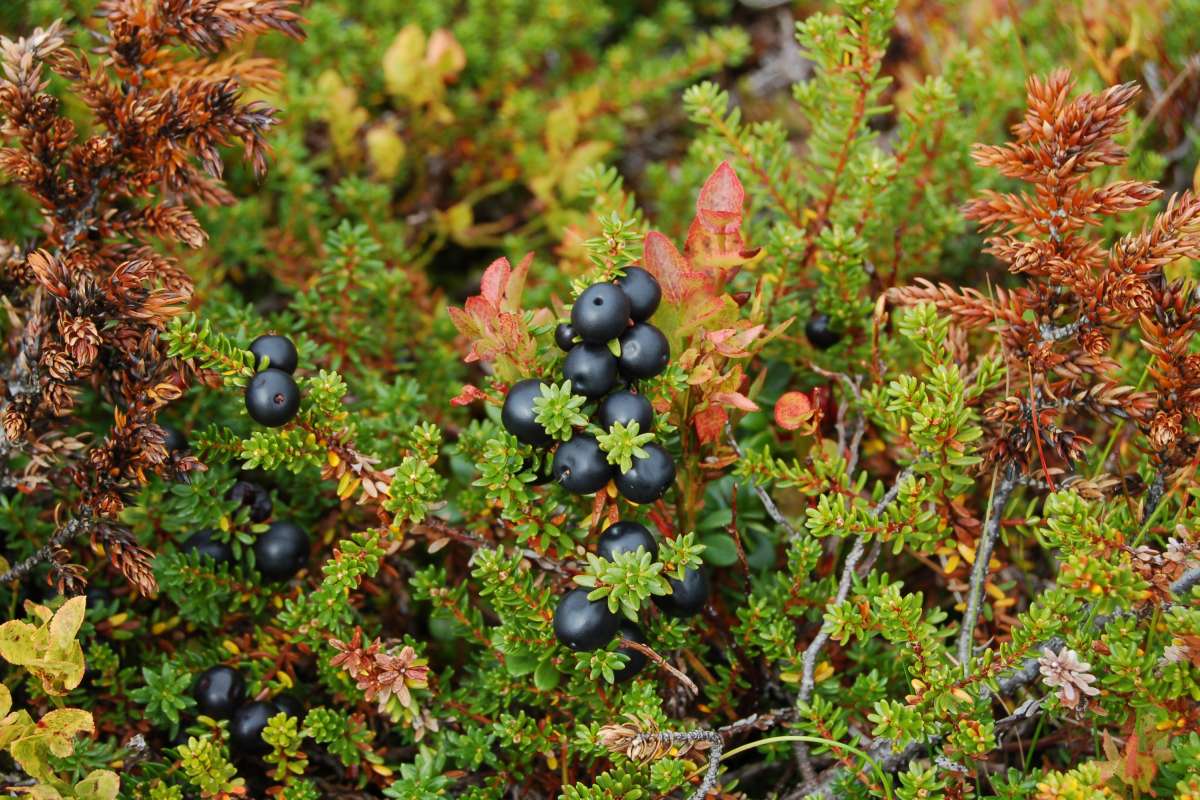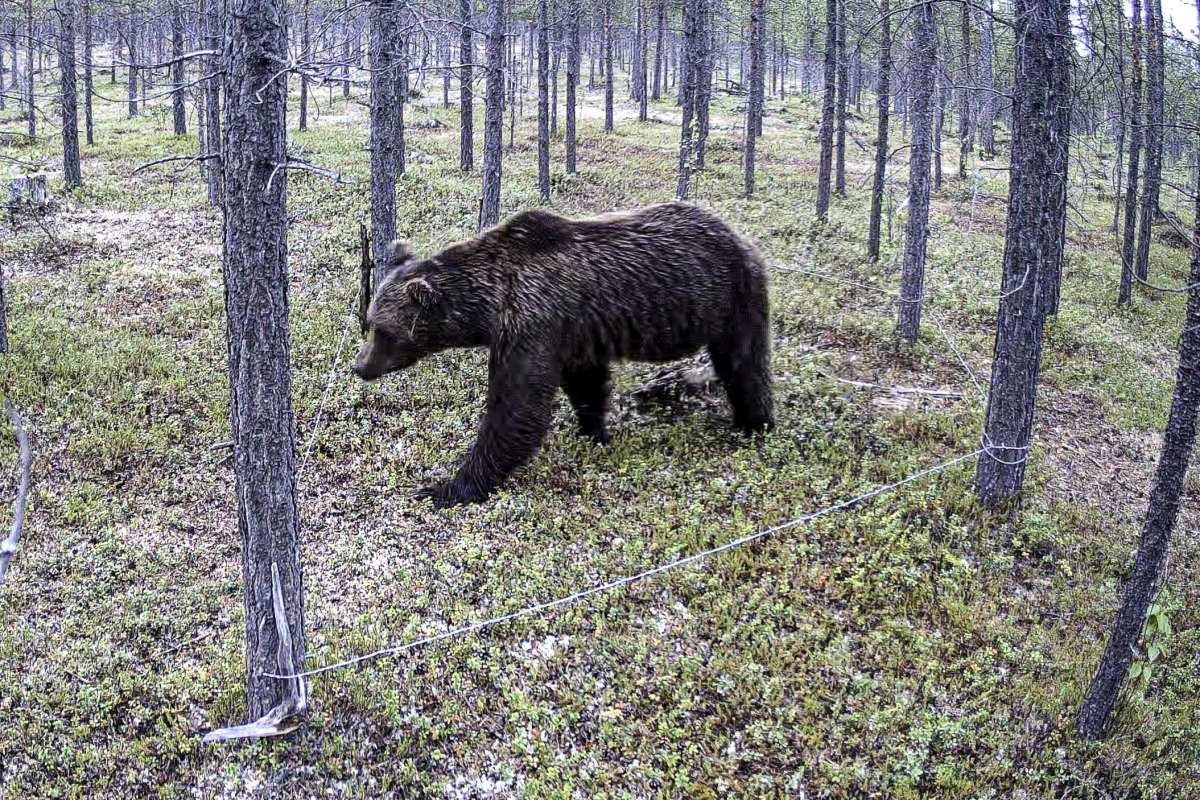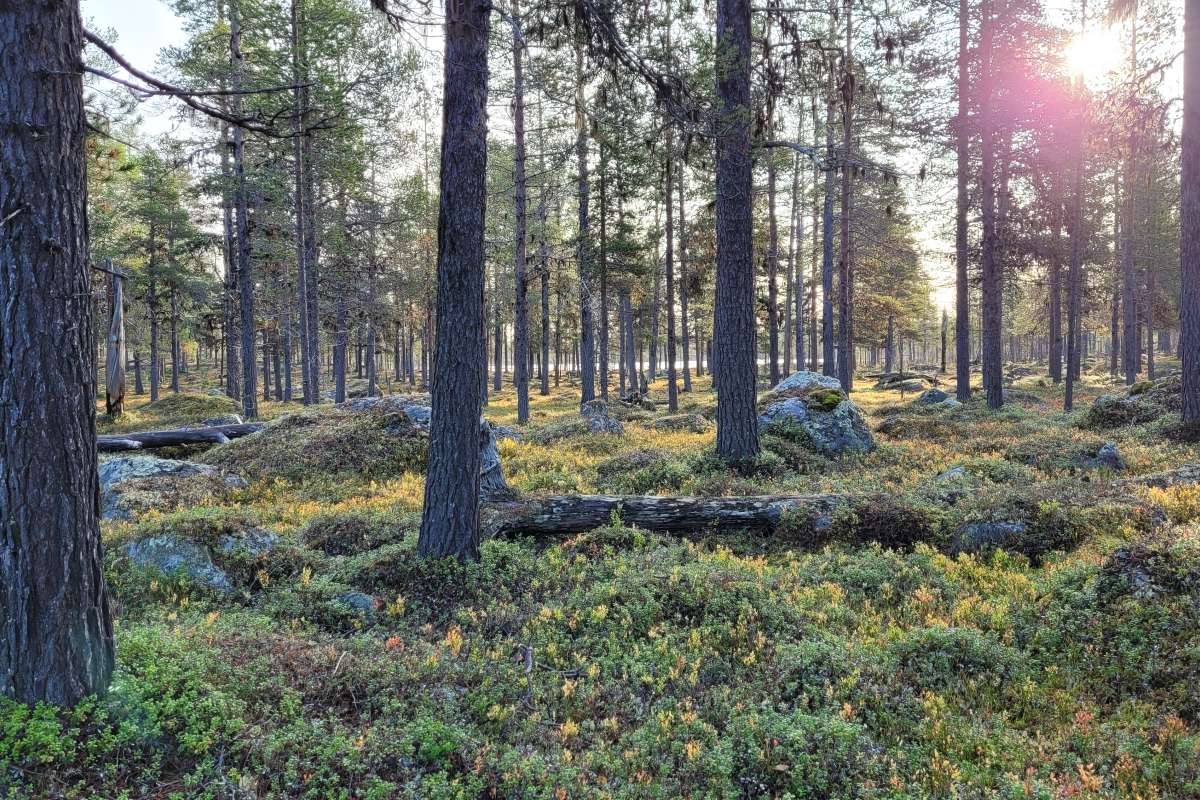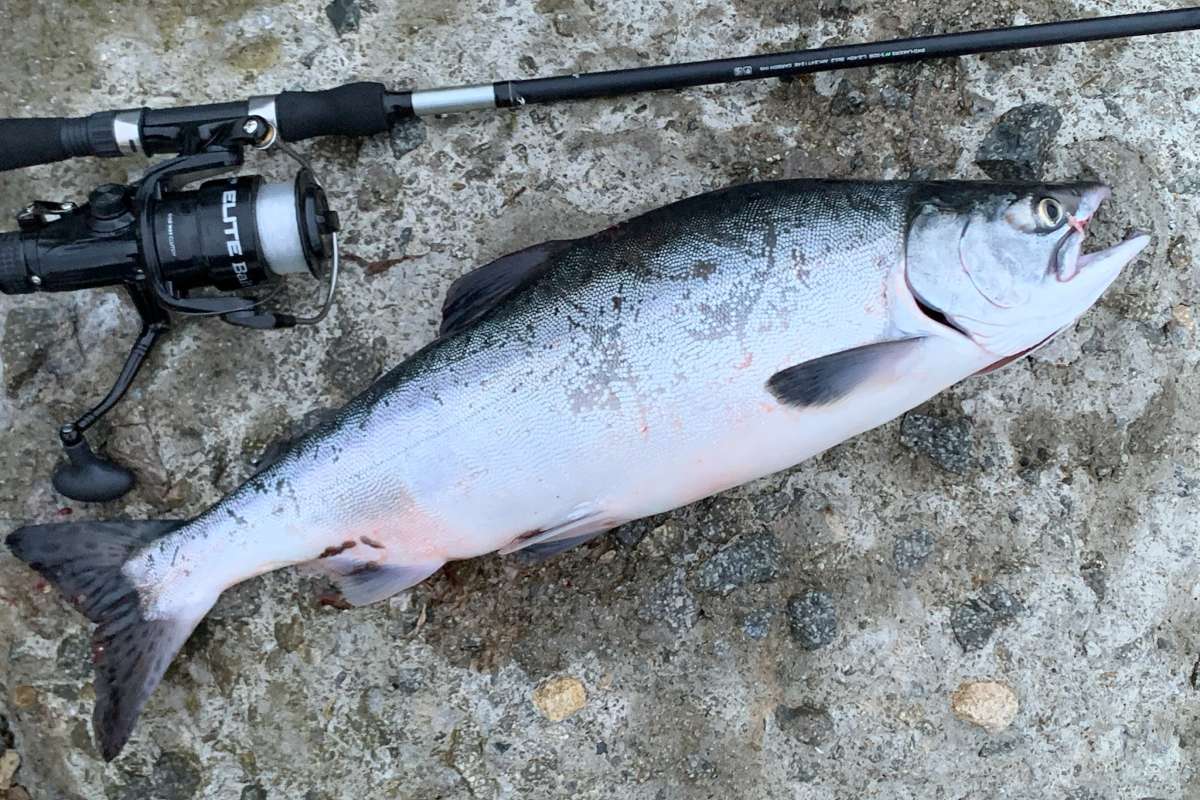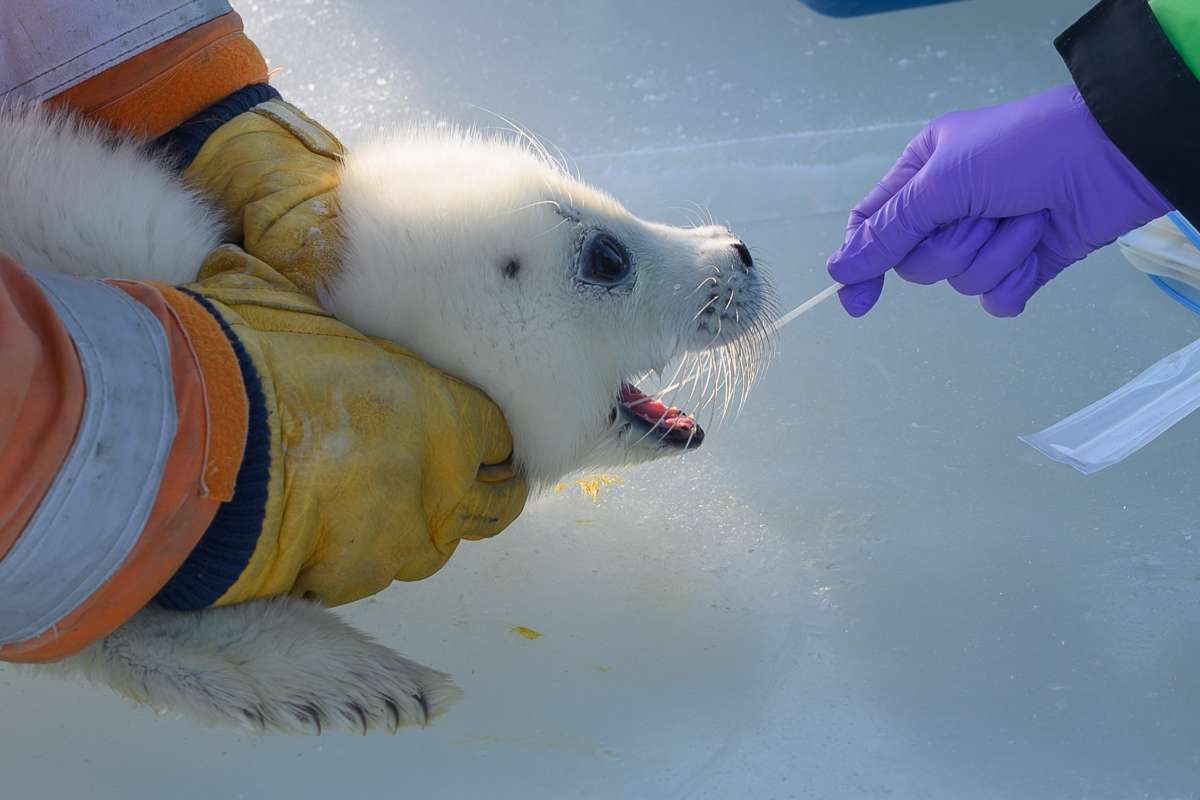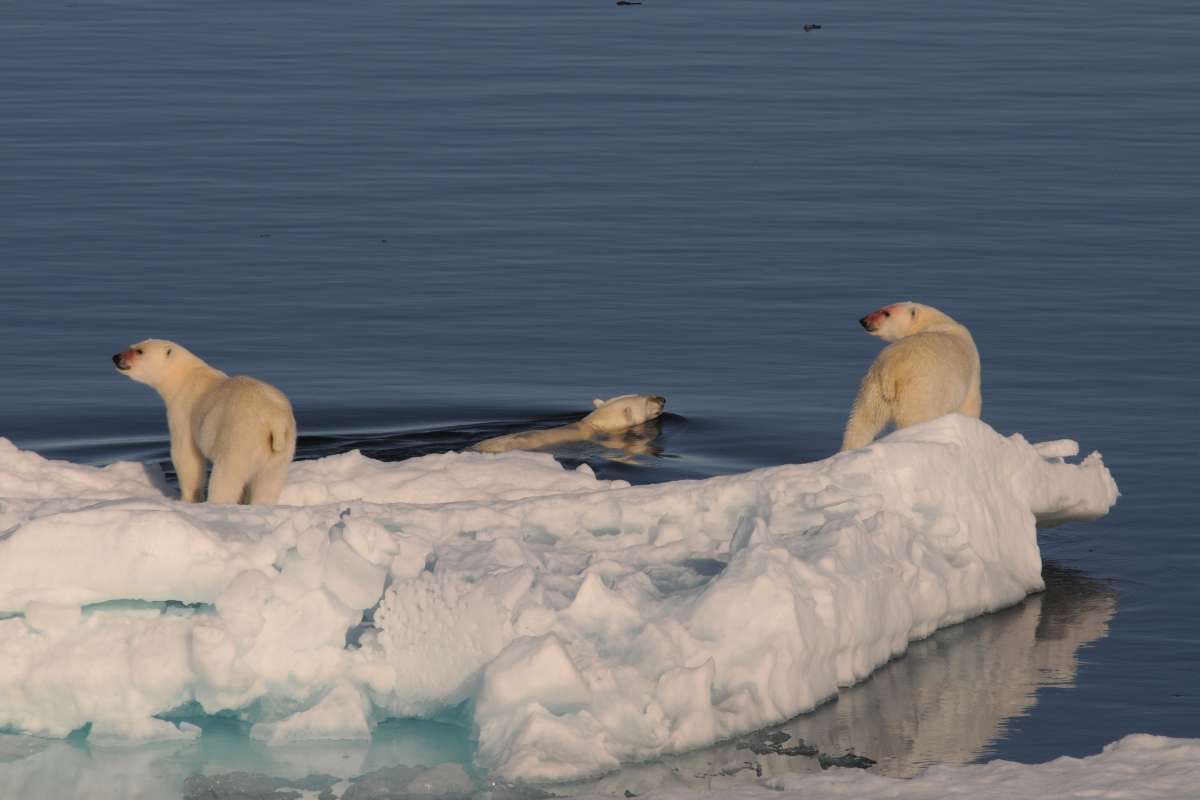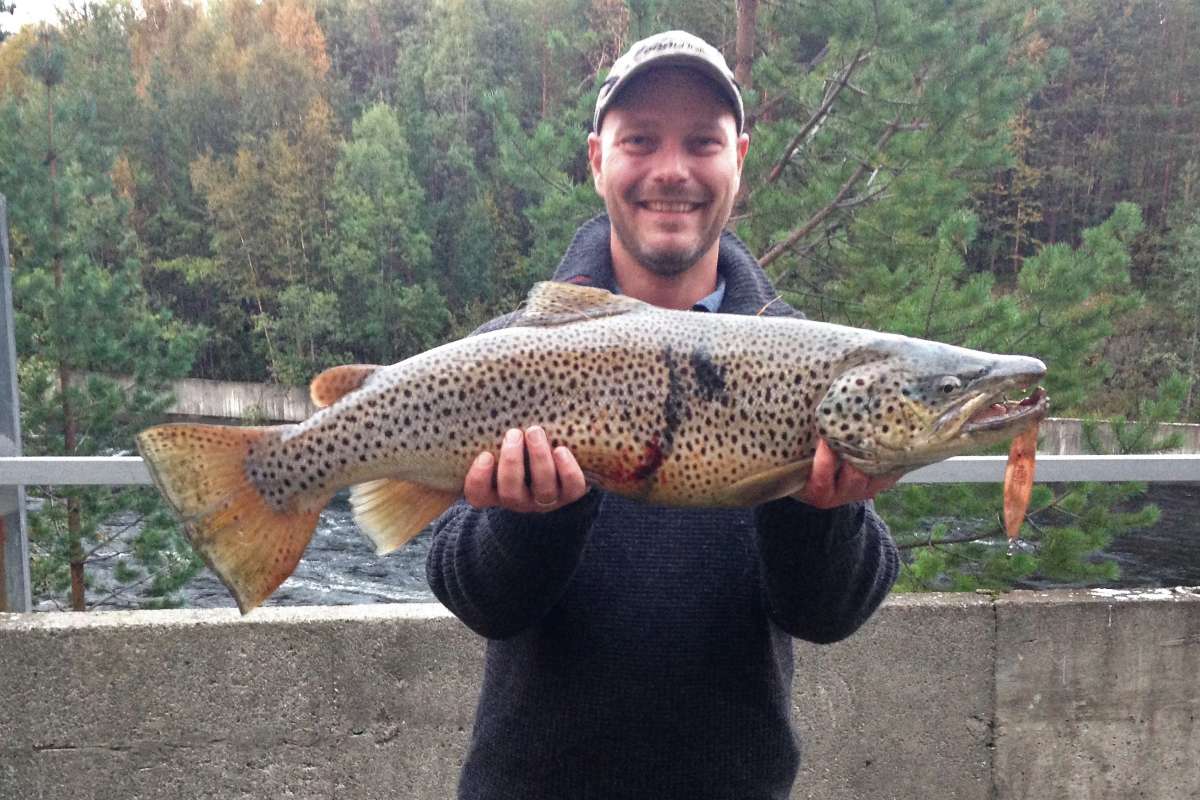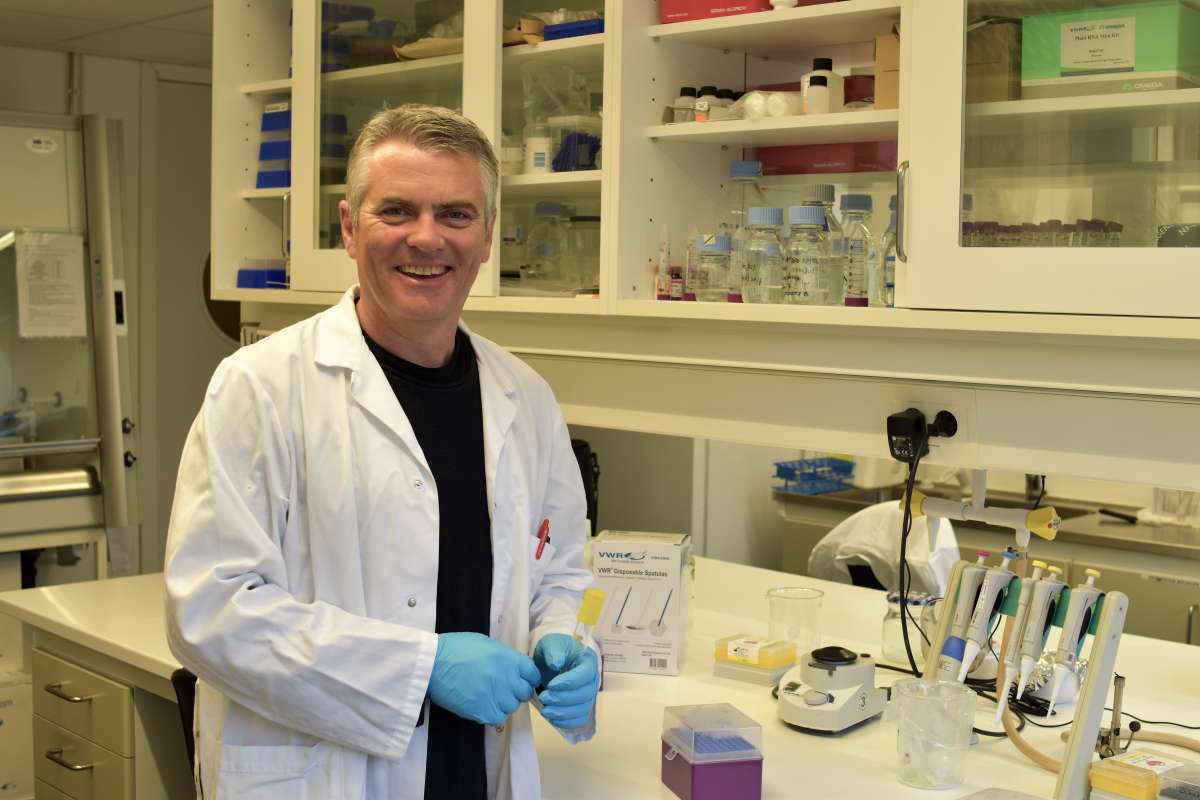Biologisk mangfold
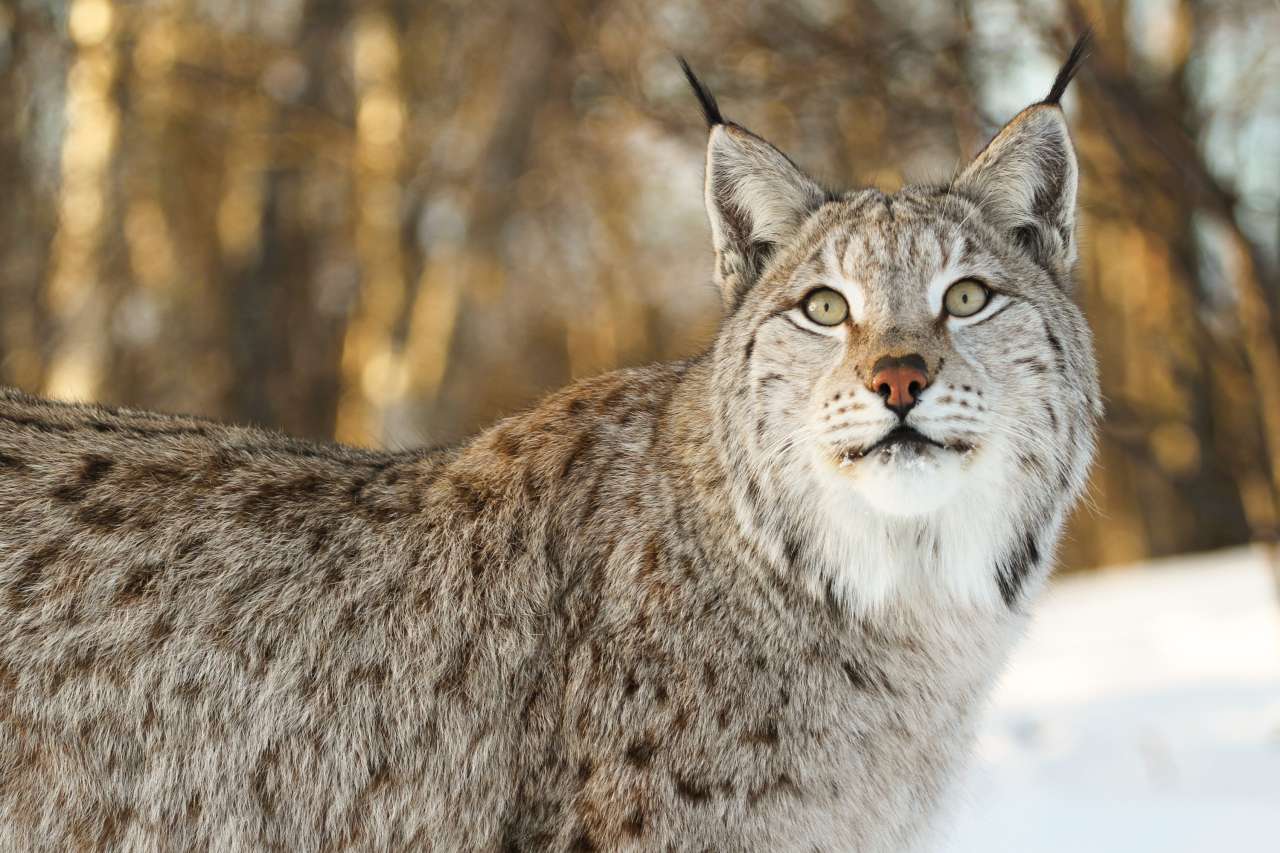
NIBIO driver med genetisk overvåking av rovpattedyr, inkludert gaupe. Foto: Erik F. Brandsborg
Biologisk mangfold beskrives ofte gjennom tre nivåer: genetisk mangfold, artsmangfold og økosystemmangfold. Disse nivåene henger tett sammen og utgjør grunnlaget for naturens evne til å tilpasse seg endringer, levere økosystemtjenester og sikre livsgrunnlaget vårt. I NIBIO jobber vi med hele bredden av biologisk mangfold – fra genetisk variasjon hos enkeltarter, til truede arter og deres samspill, og til kartlegging og forvaltning av økosystemer i hele Norge.
Genetisk mangfold
Genetisk mangfold er grunnlaget for artenes evne til å tilpasse seg endringer i miljøet. Det fungerer som et sikkerhetsnett som kan avgjøre om populasjoner overlever når klimaet endrer seg eller nye trusler oppstår. Variasjon i arvematerialet gjør at noen individer har egenskaper som gir bedre tilpasning, og dermed kan bidra til å bevare arten på sikt.
Dette mangfoldet er også avgjørende for helse og robusthet hos husdyr, fisk og kulturplanter. Når genetisk variasjon er lav, som i monokulturer, øker sårbarheten for sykdommer og skadedyr. Derfor er bevaring og forståelse av genetisk mangfold sentralt både for naturmangfold og for matsikkerhet.
Ved NIBIO brukes genetiske metoder til å studere populasjonsdynamikk, sammensetningen av artsgrupper og effekten av trusler som fremmede arter, skadedyr og antibiotikaresistens. Denne kunnskapen gir viktige verktøy for forvaltning og for å utvikle naturbaserte løsninger.
Artsmangfold
Artsmangfoldet utgjør selve rikdommen av liv rundt oss og er en nøkkel til stabile og robuste økosystemer. Når mange arter samspiller, kan naturen bedre tåle forstyrrelser og endringer. Tap av arter innebærer ikke bare at vi mister unike livsformer, men også viktige økologiske funksjoner de bidrar med – som pollinering, nedbryting eller kontroll av skadedyr.
NIBIO arbeider med kartlegging og overvåking av truede arter i ulike naturtyper, og utvikler kunnskap som kan støtte forvaltning og bevaring. Vi ser særlig på arter som er i tilbakegang, og på hvordan tiltak kan bidra til å sikre deres rolle i økosystemene.
Økosystemmangfold
Økosystemmangfoldet omfatter variasjonen av naturtyper – fra våtmark og myr til skog, fjell og kulturlandskap – og er avgjørende for å opprettholde økologiske prosesser og tjenester som vannrensing, karbonlagring og matproduksjon. Når økosystemer blir forringet eller går tapt, svekkes også grunnlaget for både natur og samfunn.
NIBIO arbeider med kartlegging og tilstandsvurdering av økosystemer i hele Norge. Vi utvikler kunnskap om hvordan de påvirkes av endringer, og hvordan de kan forvaltes og restaureres for å bevare funksjoner og verdier over tid.
KONTAKTPERSON



KONTAKTPERSON



Publikasjoner
Forfattere
Annika Herrero Cornelya Klutsch Katja Holmala Simo Maduna Alexander Kopatz Hans Geir Eiken Snorre HagenSammendrag
Det er ikke registrert sammendrag
Forfattere
Cornelya Klutsch Simo Maduna Natalia Polikarpova Kristin Forfang Benedicte Lissner Beddari Karl Øystein Gjelland Paul Eric Aspholm Per-Arne Amundsen Snorre HagenSammendrag
Det er ikke registrert sammendrag
Sammendrag
Det er ikke registrert sammendrag
Forfattere
Rune Andreassen Julia Schregel Alexander Kopatz Camilla Tobiassen Per Knappskog Snorre Hagen Oddmund Kleven Michael Schneider Ilpo Kojola Jouni Aspi Alexander M. Rykov Konstantin F. Tirronen Pjotr I. Danilov Hans Geir EikenSammendrag
Det er ikke registrert sammendrag
Prosjekter
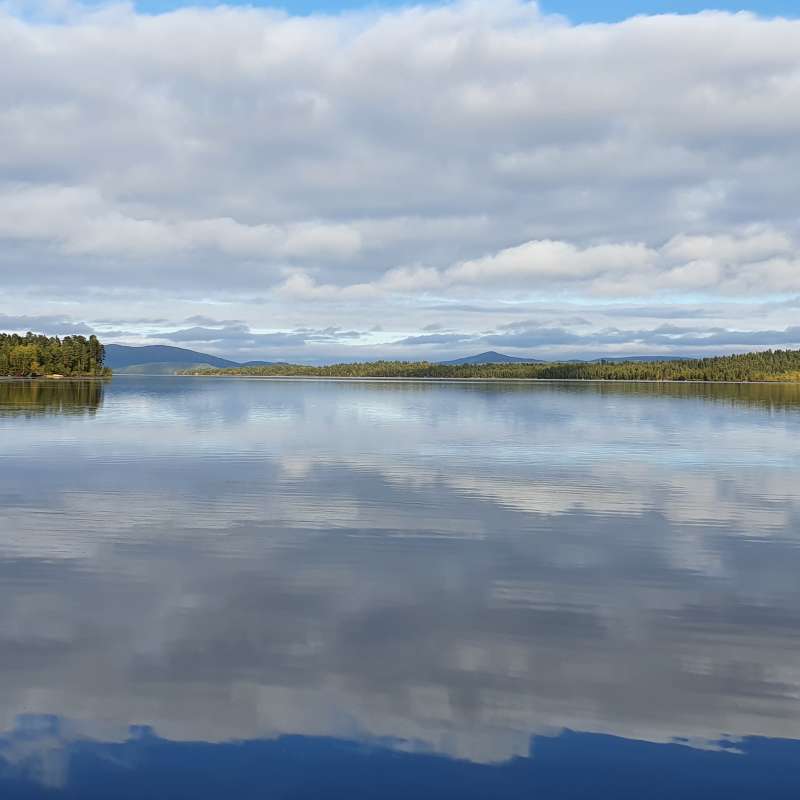
Divisjon for miljø og naturressurser
Interreg-Aurora project: Our Precious Transboundary Waters
The brown trout is a socioeconomically important freshwater fish in both Norway and Finland, where habitat fragmentation, overexploitation, translocations, and stocking have led to nationwide decline especially in populations of large growing, adfluvial brown trout and their genetic integrity. Careful conservation and coordinated, sustainable management of the remaining large growing brown trout populations is crucial. For this purpose, our project focuses on the transboundary Lake Inari-Pasvik River catchment as a bilateral model (reference) system, utilizing and requiring cross-border cooperation between Norway and Finland. We combine information on the genetic status of trout populations in the catchment, introduce new research methods and compare existing stocking programs for providing tools and guidelines to support the knowledge-based conservation and management of adfluvial brown trout populations in Norway and Finland.


